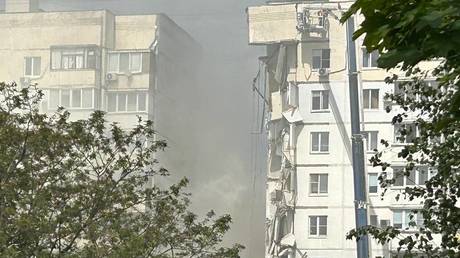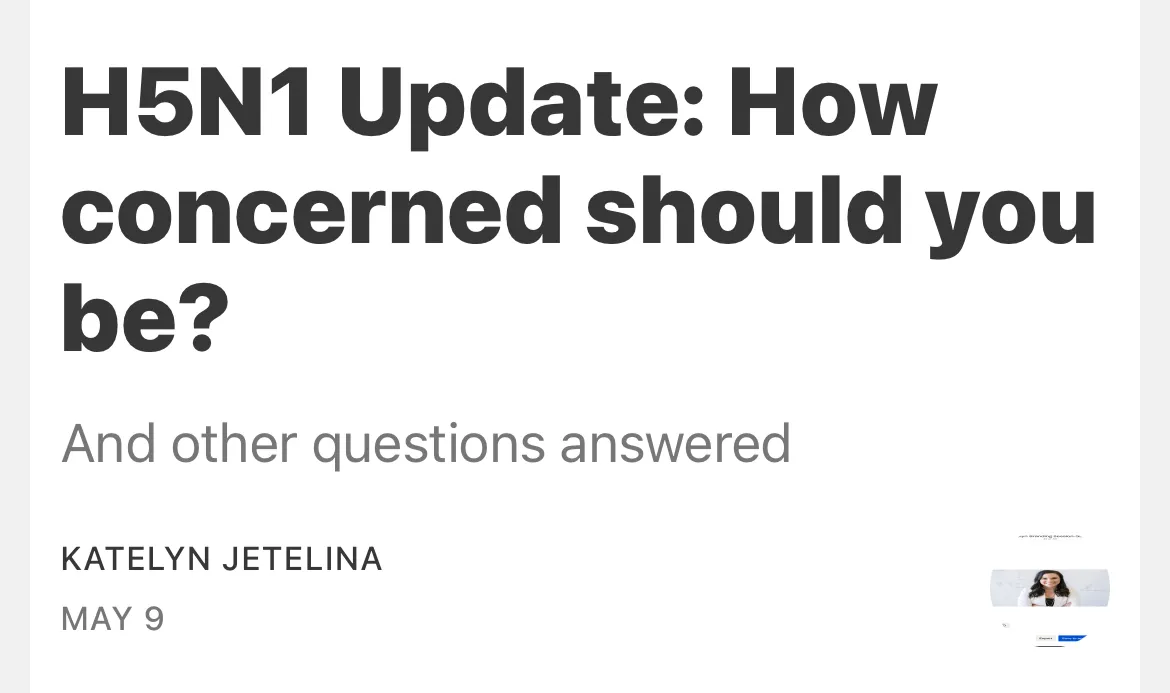Inside the Shia City Where Isis Are Trying to Make Themselves Known, by Patrick Cockburn
It about midnight on 20 September, a young man got off a white minibus at the entrance to the Shia shrine city and pilgrimage centre of Karbala, southwest of Baghdad. A few minutes later, he pressed a remote control, detonating the explosives he had left in a bag under his seat on the bus.
The bomb killed 12 people and injured a further five: footage shows the bus engulfed in flames and a voice screaming that “people are dying.” Iraqi security sources say that the alleged bomber was swiftly identified from CCTV pictures and was arrested with two other men, whose families hail from the Sunni town of Jurf al-Sakhar. Isis claimed responsibility for the attack.
The bombing made an impact out of proportion to its size because, for the last two years, Iraqi cities have been largely free from the devastating bombings by Isis, the worst of which once killed hundreds of civilians at a time.
The latest attack is a sign that Isis is not completely destroyed and is trying to rebuild its strength, though it has never recovered from the loss of its capital Mosul after a nine-month siege in 2017.
“They have lost their territory, but they still have core supporters,” says Ali al-Talkani, a researcher at the Centre for Security in Karbala. “They will try to win back the support of those who were temporarily Isis at the height of its power.”
Among those whom it particularly seeks to recruit are those from Sunni communities that suffered badly during the ferocious civil war that raged in Iraq between about 2013 and 2017 and which has left a legacy of deprivation and hatred.
It is this legacy that makes the place of origin of the three-member Isis cell that allegedly carried out the Karbala bombing so significant. Jurf al-Sakhar, which once had a population of 90,000, was one of the few Sunni towns south of Baghdad and was notorious as a stronghold of al-Qaeda and later of Isis.
They exploited its strategic position close to Baghdad and on the main route to Shia southern Iraq to launch bomb attacks in the capital and against Shia targets in and around Karbala.
The town was stormed by Shia paramilitary groups in 2014 and the entire Sunni population was expelled – many families who had once owned large farms being reduced over the last five years to living in shacks or being packed into a single room. Jurf al-Sakhar became a ghost town, largely occupied by hardline Shia militias.
Its inhabitants have long been asking for permission to go home, but this basic privilege is unlikely to be granted any time soon. The representatives of the majority Shia population in surrounding Hilla province, much relieved that Isis no longer has a territorial base close to them, have threatened legal action against any politician who calls for the people of Jurf al-Saakhar to be allowed to return to their old town.
People living in Karbala say that at least the latest bombing did not penetrate the city’s outer defences. A crucial test of security will come in the next few weeks as millions of Shia pilgrims from all over the world take part in the Arbaeen religious walk to Karbala. The gigantic columns of marchers waving religious flags are vulnerable to bombers, but have been relatively safe in recent years because of tight security.
Karbala itself is in the middle of a construction boom, with cranes everywhere, particularly around the shrines to Imam al-Hussein and Imam al-Abbas, whose golden domes and walls covered with mosaics dominate the centre of the city.
Officials say that “we have to build places to stay for the millions of people who come to the shrine”. As a result, construction machinery is everywhere and there are giant holes in the ground where foundations for hotels and hostels are being built.
The shrines employ great numbers of black-clad young men – 15,000 at the Imam Hussein shrine and 7,000 at the al-Abbas shrine – to safely shepherd the great masses of pilgrims from place to place.
They do not always do so with success: on 10 September a stampede by crowds at the entrance to the Imam Hussein shrine left 31 crushed to death and 100 injured. It happened during Ashura, the climax of the commemoration of the death of Imam Hussein and his family, when a traditional run called the Twareej takes place over the last hundred metres before the pilgrims enter the shrine.
On this occasion, an old man tripped and fell just by the al-Raja gate. The crowd was particularly dense as only two of the shrine’s doors were open – construction work meant the other eight were closed or inaccessible, leaving pilgrims trapped in the narrow entrance.
The physical expansion of the shrines of Karbala and the millions of pilgrims from the rest of Iraq, and from across the Shia world, marks the triumph of the Shia majority in Iraq since the US invasion overthrew Saddam Hussein in 2003.
This marked the end of the Sunni Arab predominance that Saddam had embodied, but was also a feature of British and Ottoman rule. In 1991, the Shia shrines in Karbala were the last bastion of resistance against Saddam as his tanks and Republican Guard stamped out the Shia uprising with massacres and destruction.
Iraqi tanks – British Challengers captured from Iran during the Iran-Iraq war – were positioned outside the shrines and Iraqi soldiers were encamped within its precincts, where they put up pictures of Saddam to celebrate their victory.
Almost 30 years later it is the loss of Sunni towns like Jurf al-Sakhar, and the partial destruction of Sunni cities like Mosul, which are the main feature of the new order of things in Iraq. Even if there are more Isis bombings like the one in Karbala last weekend, this order will not change.




